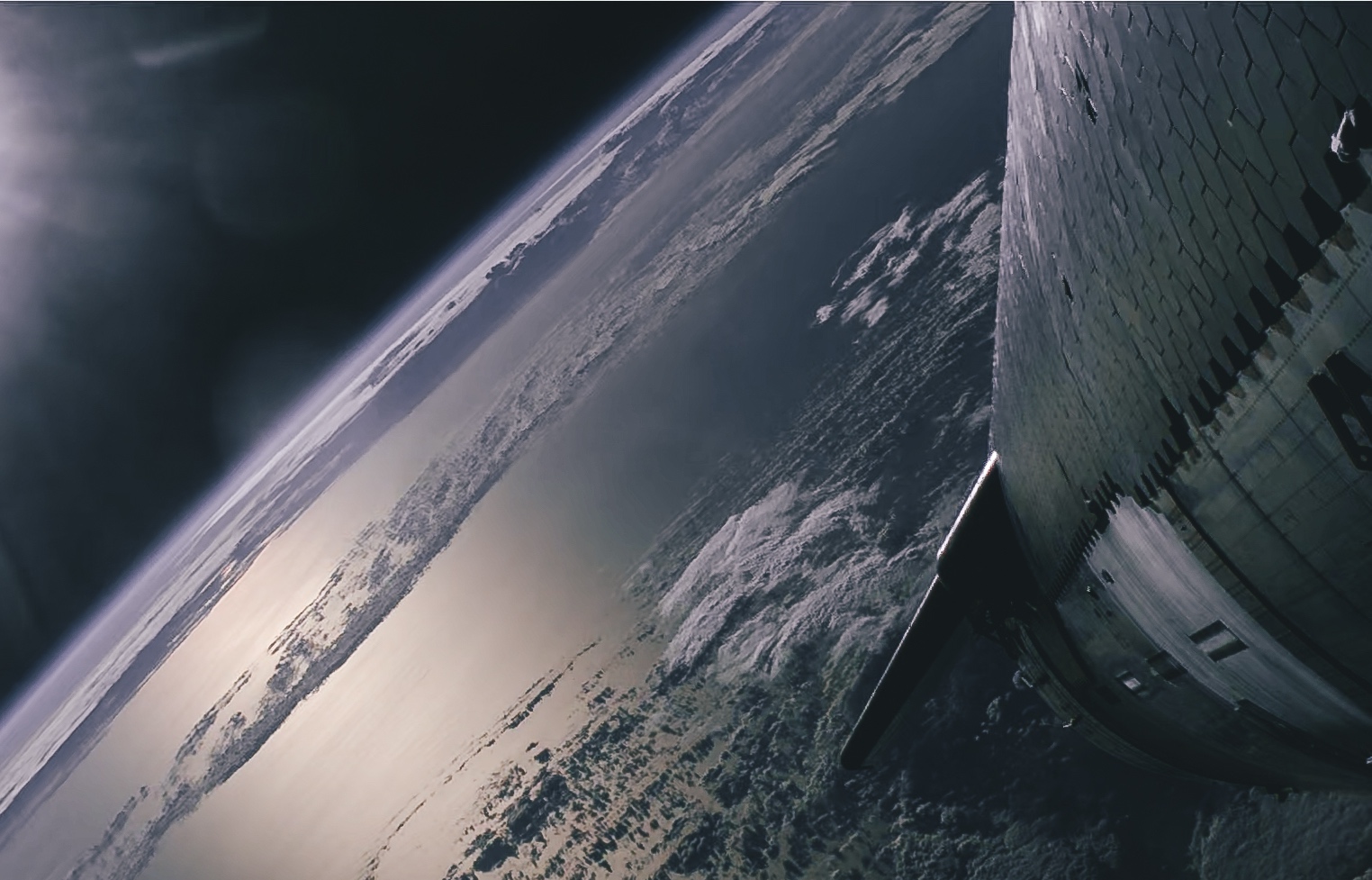Products You May Like
WASHINGTON — NASA says SpaceX is on track to demonstrate in-space refueling of Starship next year, a critical technology for returning humans to the lunar surface using that vehicle.
Speaking to the NASA Advisory Council’s Human Exploration and Operations Committee April 26, Amit Kshatriya, NASA deputy associate administrator for the Moon to Mars Program, said SpaceX achieved one step towards refueling of Starship with a demonstration on the latest Starship test flight March 14.
During that flight, SpaceX performed an in-flight propellant transfer demonstration under a NASA Tipping Point contract awarded in 2020. SpaceX planned to transfer at least 10 metric tons of liquid oxygen from a header tank to the main tank within the Starship upper stage while in space.
While SpaceX said the day of the flight that it performed the demonstration, neither the company nor NASA provided any updates since then. At the advisory committee meeting, though, Kshatriya said the test appeared to go well.
“On Flight 3, they did an intertank transfer of cryogens, which was successful by all accounts,” he said, adding that analysis of the test is ongoing.
The next major milestone is a demonstration planned for 2025 where two Starships will dock in orbit, with one transferring propellants to the other. Plans for that have passed a flight system review, according to a slide he presented at the meeting, examining the overall mission architecture and key subsystems, among other topics.
In that mission, a “target” Starship will launch first and go into orbit, followed three to four weeks later by a “chaser” Starship. The two vehicles will dock with the chaser transferring propellants to the target. After the demonstration, the two Starships will undock and deorbit.
Kshatriya said SpaceX has some work ahead of that test, including understanding the slosh of propellants in the tanks as Starship maneuvers as well as the amount of “settling thrust” needed once the vehicles are docked to ensure propellant flows between them.

“The point of their flight test program before we do this is to make sure they fully understand the slosh dynamics, fully understand how the ullage is being maintained, what the settling thrust needs to be,” he said. “We’ve gone through it with them in terms of their plan for this. It’s a good plan.”
Propellant transfer technology is essential to SpaceX’s plans for Starship missions beyond low Earth orbit, including the Human Landing System (HLS) version of Starship that will be used to land astronauts on the moon starting with the Artemis 3 mission, currently scheduled for no earlier than September 2026. Multiple Starship launches will transfer propellant into a depot in low Earth orbit that will then be used to fuel the HLS Starship, sending it to the moon.
The exact number of refueling launches has been the subject of controversy, with estimates going as high as nearly 20. Kshatriya did not give a number of launches in his presentation, suggesting more work needs to be done to better understand the refueling process.
He said the company is working to understand factors like boiloff of propellants and leakage, as well as how much propellant can be effectively transferred from a Starship. “All of that is stuff that they know is in front of them, but all of that is stuff that’s in the plan to go characterize,” he said. “That will then derive the answer.”
The in-space propellant transfer test will be followed by an uncrewed demonstration mission of the HLS Starship, including fueling the vehicle and sending it to the moon for a landing. That mission will also feature an “ascent demo” not originally included in the plan, he said, to prove Starship can lift off the lunar surface.
“Full & rapid reusability of booster & ship and orbital refilling of ship are the 2 fundamental technologies we aim to solve by the end of next year,” Elon Musk, chief executive of SpaceX, posted on social media April 26, responding to another post about Kshatriya’s presentation. “Those are the critical pieces necessary to make life multiplanetary.”
